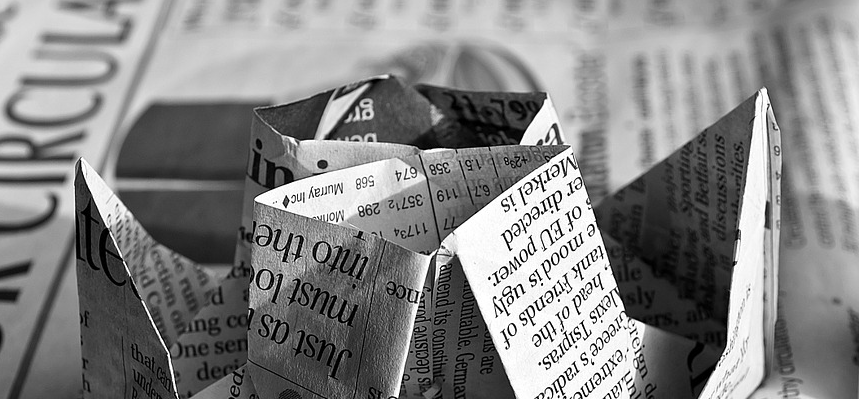Introduction to Material Design
Material design is a design language developed by Google. "It is a new perspective on what a human and a device relationship can be."
Material Design principels
There are three core attidutes at work:
- Material is the symbol
- Bold, graphic, deliberate
- Motion offers meaning
Google’s product Material Design unifies all devices under a common UX tongue. Google is reshape-ing the world around us with Material Design and it’s own rules of logic and physics. Material Design is adding the intuitive feeling of physical objects in a purely digital environment. It renders all of the windows and buttons as pieces of cardstock, with each of them having light/shadows in a simulated 3D environment.
The most impressive part of it is that these physical properties feel almost “real”. Unlike interfaces in the past, where you would tap a button and the rest of the screen sits dead, every action has an equal and opposite reaction. After Google’s careful study, where they literally crafted their app icons out of paper to see how light and shadow can interact with flat surface, they’ve developed MD.
What future looks like?
The digital physics might not be real, but it provides a grounding to the virtual interface nonetheless. Google’s big Material design will break through the glass of the glass of smartphones, tables, desktops and even watches. Hardware and software will meld together, allowing interaction designers to step in and do their magic. Object will become the interface and the inferface will become the object. Google says, MD will power a living infrastructure in a world where every surface glows, shifts and ripples thus reshaping the way we communicate, learn, work and finally – live.
Related Posts
Nowadays, it has become very easy for anyone to make a website – there are tons of great open-source content management systems for that.
A couple of decades ago, people used to wonder if they really need a website to make their presence felt in any field. Today, the World Wide Web has come to point where it is not only necessary to have a site, but it must be designed in a way to grab your customer’s attention.
Material design is a design language developed by Google. "It is a new perspective on what a human and a device relationship can be."
Material design is a design language created by Google for Android platform in 2014. Altough it was created primarily for Android platform, in the recent years it spreaded onto other platforms.
















Comments
comments powered by Disqus